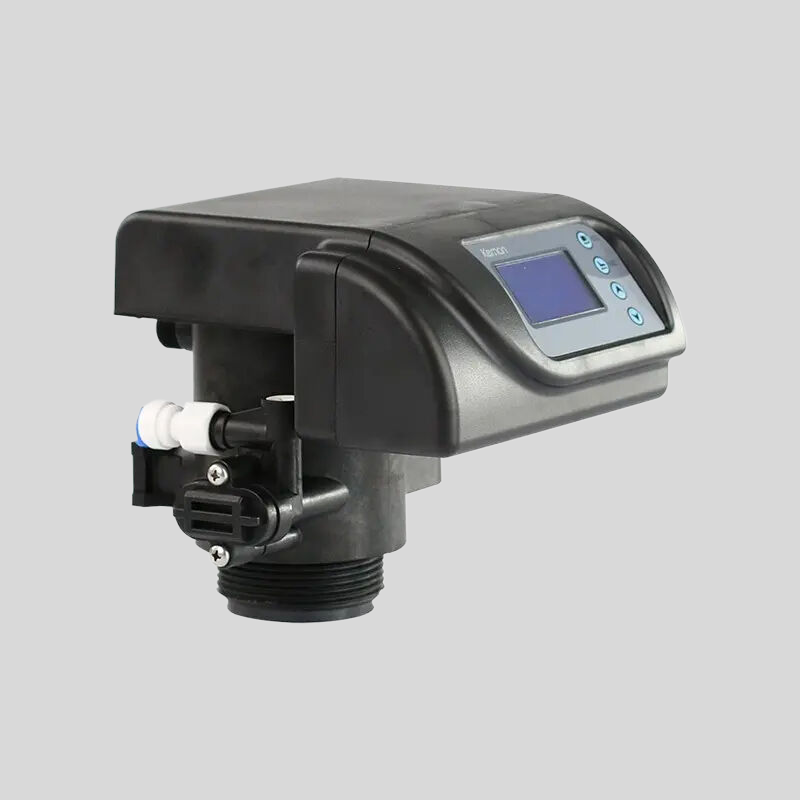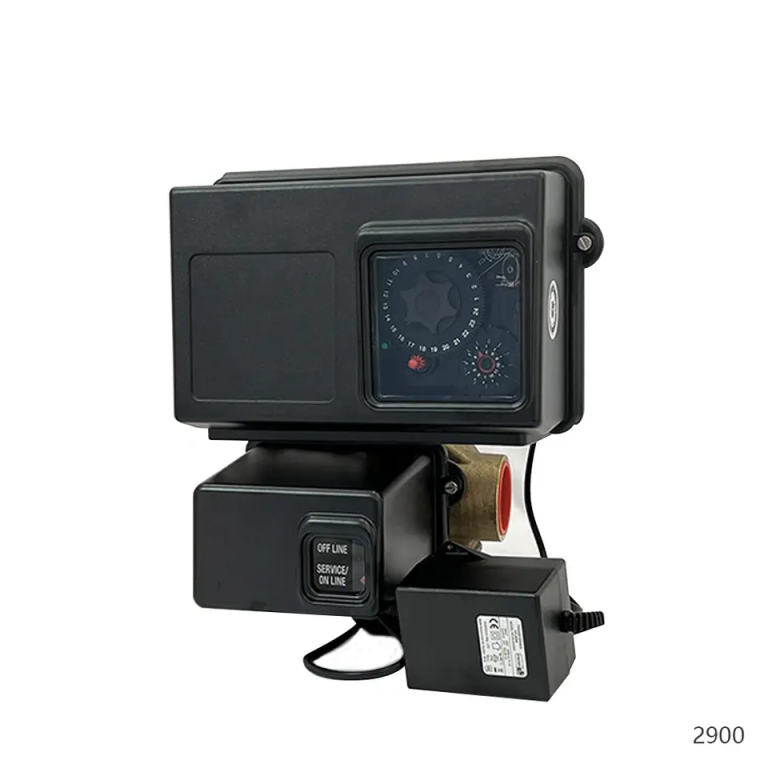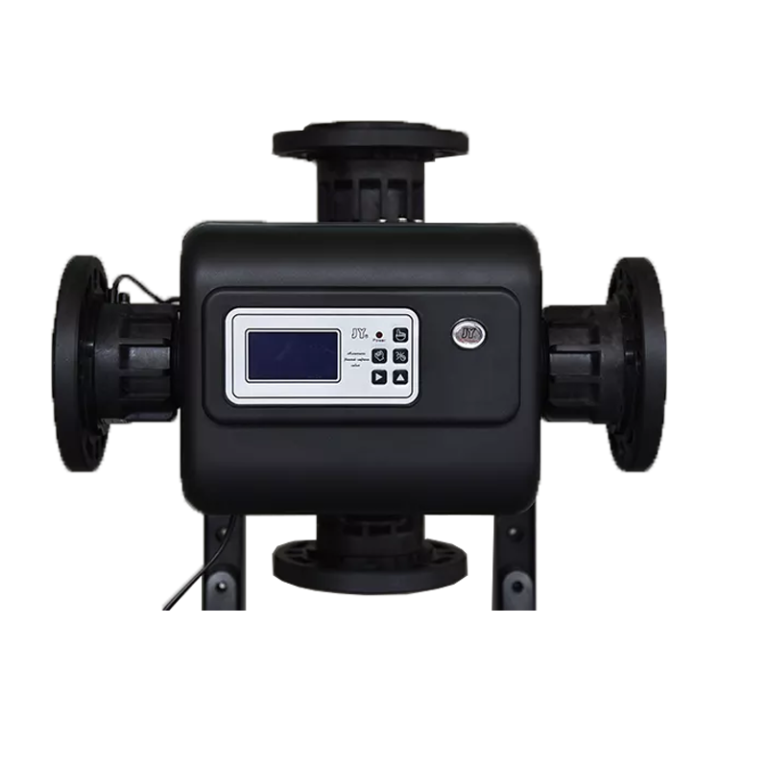Как устранить распространенные проблемы с регулирующим клапаном хлоратора Pentair
Регулирующий клапан хлоратора Pentair является важным компонентом системы фильтрации вашего бассейна и отвечает за регулирование потока хлора в воду. Однако, как и у любого механического устройства, у него могут возникнуть проблемы, которые могут нарушить его функциональность. В этой статье мы обсудим некоторые распространенные проблемы, которые могут возникнуть с регулирующим клапаном хлоратора Pentair, и дадим советы по устранению неполадок, которые помогут вам их решить.
Одной из наиболее распространенных проблем, с которыми владельцы бассейнов сталкиваются при использовании регулирующего клапана хлоратора, является засор в клапан или трубка, подсоединенная к нему. Это может помешать правильному поступлению хлора в бассейн, что приведет к неэффективной санитарии. Чтобы решить эту проблему, начните с проверки клапана и трубок на наличие видимых препятствий. Если вы заметили мусор или отложения, тщательно очистите их щеткой или мягким моющим средством. Кроме того, убедитесь, что клапан правильно выровнен и не застрял в закрытом положении.
Еще одна распространенная проблема с регулирующими клапанами хлораторов Pentair — неисправность манометра. Манометр имеет решающее значение для контроля давления в системе и обеспечения работы хлоратора на оптимальном уровне. Если вы заметили, что манометр не показывает точные показания или зависает на определенном давлении, возможно, его необходимо заменить. Инструкции по безопасной замене манометра см. в руководстве пользователя или при необходимости обратитесь за помощью к профессионалу.
В некоторых случаях неисправный обратный клапан может быть причиной проблем с регулирующим клапаном хлоратора Pentair. Обратный клапан отвечает за предотвращение обратного потока воды в хлоратор, обеспечивая попадание в бассейн только хлора. Если вы подозреваете, что обратный клапан неисправен, осмотрите его на предмет каких-либо признаков повреждения или износа. При необходимости замените обратный клапан, чтобы восстановить правильную работу регулирующего клапана хлоратора.
Кроме того, негерметичный регулирующий клапан хлоратора может создать серьезную проблему для владельцев бассейнов. Утечка в клапане может привести к потере воды и может указывать на более серьезную проблему в системе. Чтобы устранить утечку регулирующего клапана хлоратора, начните с проверки уплотнений и прокладок клапана на наличие признаков износа или повреждения. Замените все неисправные уплотнения или прокладки, чтобы предотвратить дальнейшие утечки. Если утечка не устранена, рассмотрите возможность обращения к профессионалу для тщательной проверки и ремонта.
| 2510 | 1,05 дюйма (1 дюйм) Н.Д. | 1/2 дюйма наружный диаметр | 1600-3/8″ | 2-1/2″-8NPSM | 24 В, 110 В, 220 В-50 Гц, 60 Гц | 72 Вт |
| 1650-3/8″ |
Наконец, если регулирующий клапан хлоратора Pentair не подает хлор в бассейн должным образом, это может быть связано с засорением или неисправностью подающей трубки. Питающая трубка отвечает за доставку хлора из хлоратора в воду бассейна. Если трубка подачи засорена мусором или повреждена, это может затруднить подачу хлора. Осмотрите подающую трубку на наличие засоров и тщательно очистите ее, чтобы восстановить правильное дозирование хлора.
В заключение, устранение распространенных проблем с регулирующим клапаном хлоратора Pentair имеет важное значение для поддержания чистоты и здоровья бассейна. Своевременно устраняя такие проблемы, как засоры, неисправности манометров, неисправные обратные клапаны, утечки и проблемы с питающими трубками, вы можете обеспечить эффективную работу вашего хлоратора. Регулярное техническое обслуживание и проверка регулирующего клапана хлоратора помогут предотвратить возникновение проблем и продлить срок службы системы фильтрации вашего бассейна. Если вы столкнулись с постоянными проблемами с регулирующим клапаном хлоратора, без колебаний обратитесь за профессиональной помощью для обеспечения надлежащего ремонта и обслуживания.








